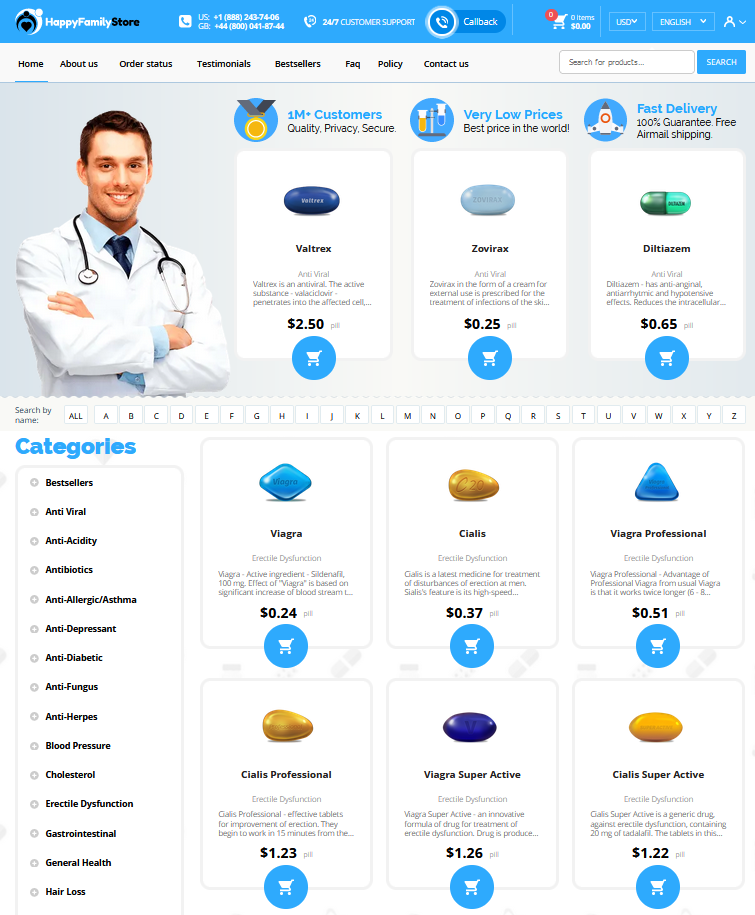 Cephalexin Dosage: What Patients Need to Know
Cephalexin Dosage: What Patients Need to Know
Introduction to Cephalexin: an Overview for Patients
Cephalexin is a well-known antibiotic used to battle bacterial infections. Often found in the form of tablets or a liquid "elixir", it belongs to the cephalosporin family, working to halt bacterial growth. This medication is part of the "Top 200" drugs commonly prescribed, making it a staple in many medicine cabinets. Patients receiving a "script" for Cephalexin should be aware that this medication helps treat infections in various parts of the body, including the respiratory tract, skin, and bones.
| Category | Examples |
|---|---|
| Forms | Tablets, Capsules, Liquid Elixir |
| Treated Infections | Respiratory, Skin, Bone |
| Common Association | Top 200 Drugs |
Standard Cephalexin Dosage Guidelines and Applications

Cephalexin, a widely used antibiotic, comes with dosage guidelines that are crucial for its effectiveness. The standard dose often falls between 250 mg to 500 mg, taken every six hours. However, it’s important to follow the specific script given by your healthcare provider, as they tailor the directions based on your individual needs and health conditions. In some cases, such as severe infections, a stat dose may be required to start treatment quickly.
The application of cephalexin isn’t just limited to certain types of infections; it’s versatile in treating a range of bacterial issues. From skin infections to respiratory tract infections, this pharmaceutical elixir proves its efficacy. But remember, never indulge in a "pharm party" by sharing your meds. Each prescription should be treated with care to ensure that it targets the intended ailment effectively.
Always consult your healthcare provider for any questions about your cephalexin regimen. They can provide insights on issues like compounding if you have difficulty swallowing tablets, or on alternatives if side effects arise. Your doctor’s knowledge and experience are invaluable for adjusting doses or addressing any hangover effects from the drug, ensuring your treatment remains safe and effective.
Factors Influencing Your Cephalexin Prescription Dose
When it comes to determining the appropriate dosage of cephalexin, several key factors play a role. Your healthcare provider might begin by considering your age, weight, and the specific type of infection being treated. These elements are crucial in establishing a 'Script - Prescription' that effectively targets the bacteria without causing unnecessary side effects. Additionally, the severity of your condition influences the dosage; a more aggressive infection may require a higher dose or extended treatment period.
Another consideration is your kidney function. Those with impaired renal function may need a dosage adjustment, as cephalexin is primarily excreted via the kidneys. 'Pill Burden' is also a factor—the fewer tablets needed for effective treatment, the better for maintaining adherence to the regimen. Finally, any history of allergic reactions to medications can affect the prescribed dose and formulation.
How to Properly Administer Cephalexin Dosage

Taking cephalexin correctly is crucial to its effectiveness and minimizing side effects. Begin by carefully reading the sig on your script, which includes vital information like dosage and frequency. It's often recommended to take cephalexin with food or a glass of water to prevent stomach upset. If given a liquid form, ensure you shake the elixir well before measuring the dose. For those using pill forms, avoid pill splitting unless directed by the prescriber to ensure you don't alter the medication's efficacy. Timing is also essential—taking your meds at evenly spaced intervals helps maintain consistent drug levels in your system. Avoid the temptation of playing "pharm party" games with your medications; stick to the prescribed use for your well-being.
Recognizing Potential Side Effects and Reactions
When taking cephalexin, it’s crucial to be vigilant about possible side effects. Some people might experience mild nuisances like dizziness, but others could find themselves dealing with an unexpected hangover effect. Severe reactions require a more urgent response; any swelling or difficulty breathing means a trip through the Drive-Thru to get medical help stat. Keep in mind that medication reactions can vary, making it crucial to adhere to the Sig closely and consult a healthcare provider if anything feels off. Always make a note to report side effects, as it aids in better understanding and managing your medication. Below is a quick reference for recognizing common side effects.
| Common Side Effects | Action Required |
|---|---|
| Mild nausea | Monitor; consult if persistent |
| Rash or itching | Stop and seek advice |
| Difficulty breathing | Seek immediate medical help |
Important Advice for Safe Cephalexin Use
To ensure your journey with cephalexin is safe, it's crucial to adhere strictly to the script your healthcare provider has issued. This means following the sig carefully to avoid any unwanted interactions or side effects. Remember, if your symptoms demand attention stat, reach out to a healthcare professional rather than adjusting the dose yourself. Cephalexin might not require fridge drugs storage, but keeping it in a dry spot is wise. Lastly, steer clear of any pharm party activities, as sharing or trading medications could lead to harmful consequences. Safe and proper usage ensures cephalexin can effectively perform its role in your recovery.
